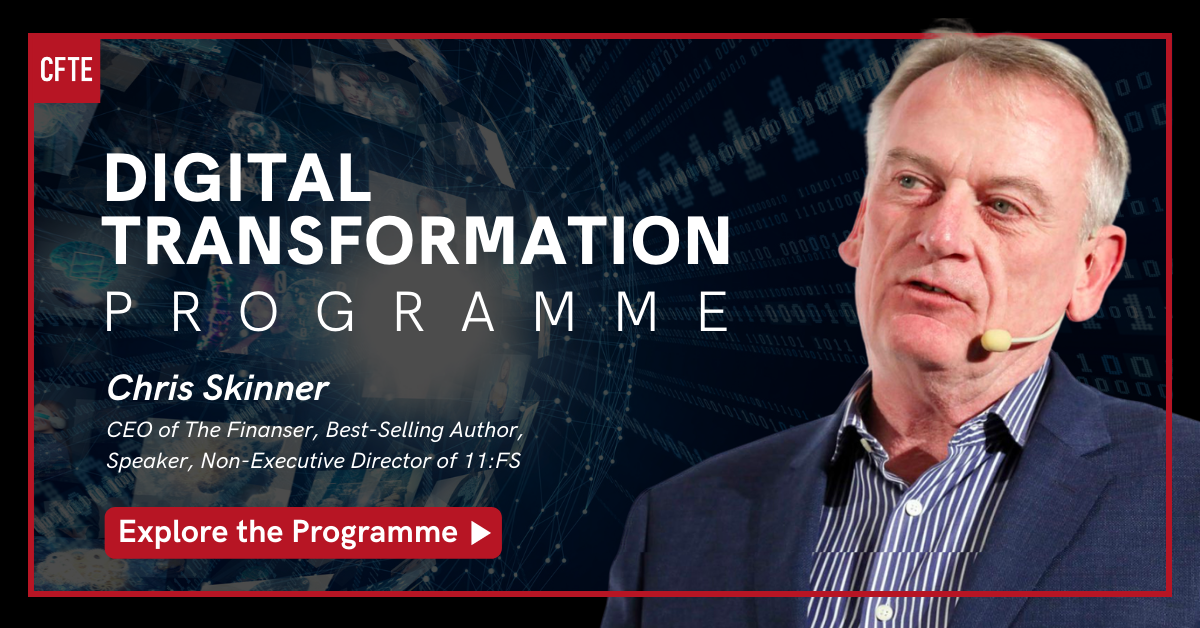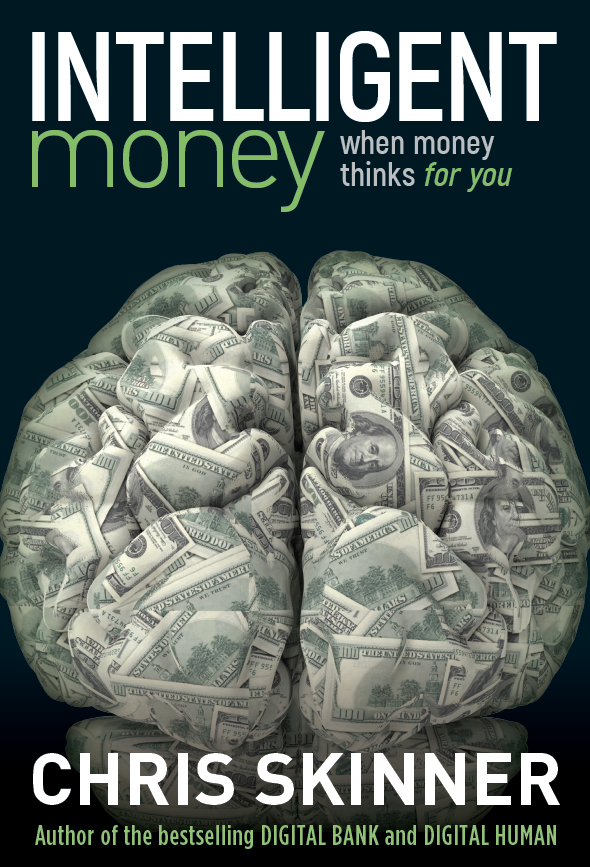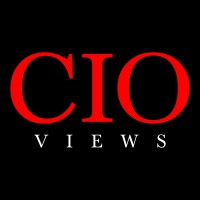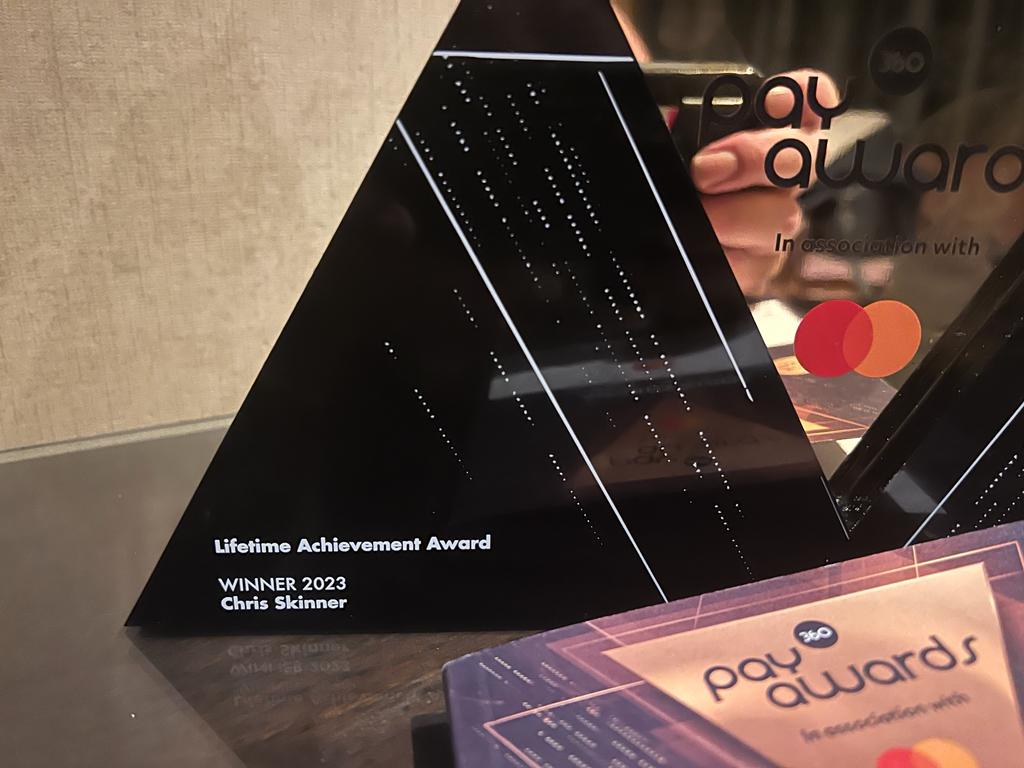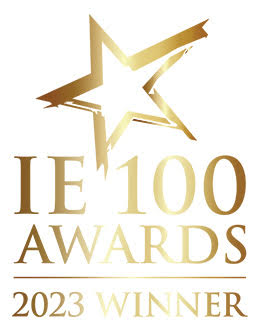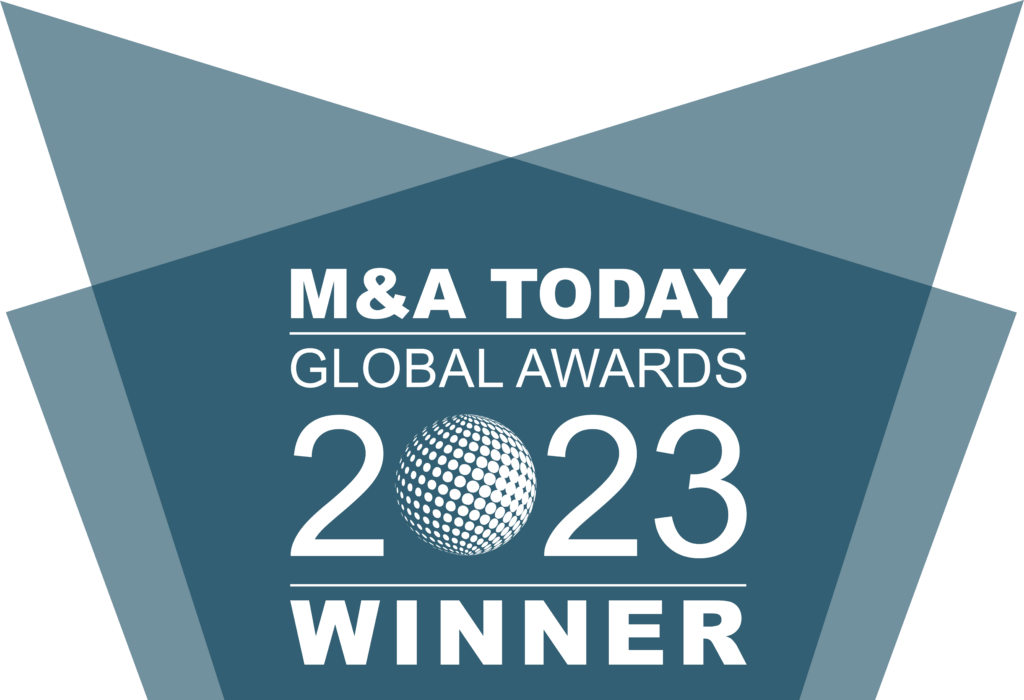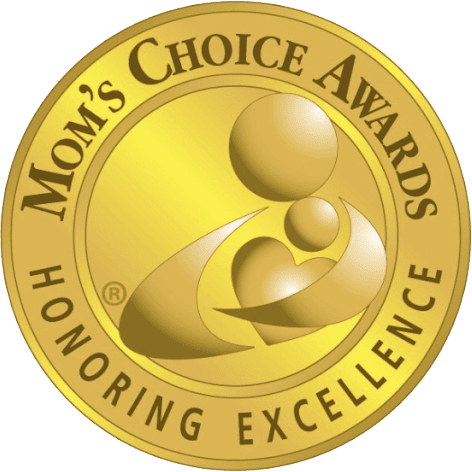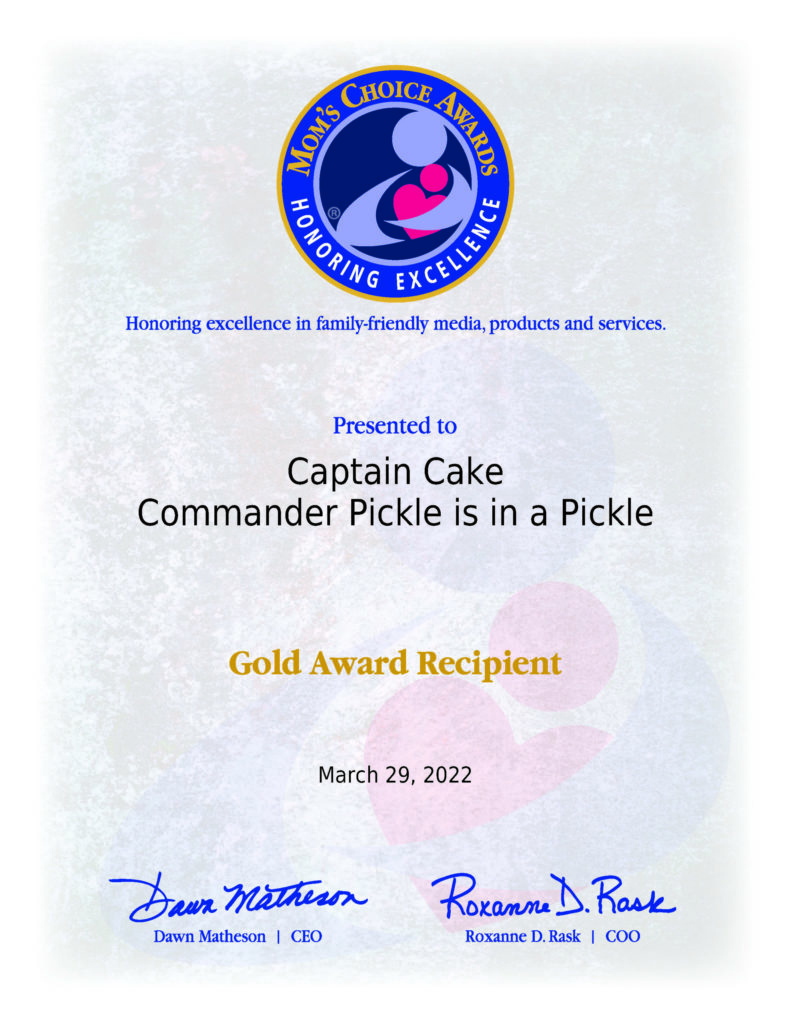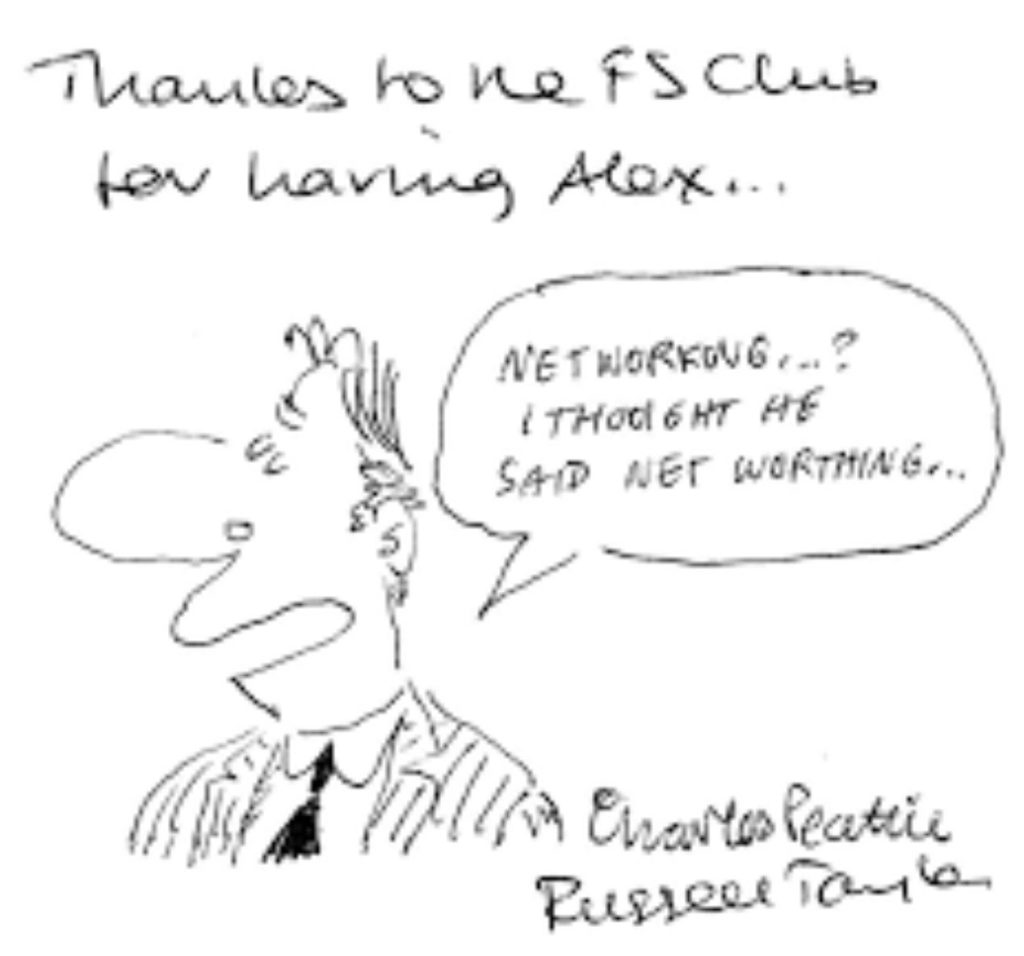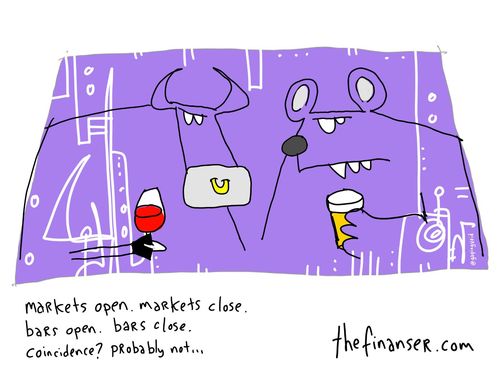I didn’t mean to make this a series of articles, but
it has become one.
After discussing TQM and BPR, then getting into STP, today it is the turn of ISO.
It’s not actually me having a pop at ISO, but the fact that discussions
have been on-going about STP for so long, and now I know why it’s not in place.
ISO.
That’s the Ignore Standardising Operations group, not the
International Organisation for Standardisation, although they are related.
The Ignore Standardising Operations group have been around
since time immemorial and, in capital markets, are clearly responsible for
separating buy and sell side, front and back office, broker from clearer and
more.
It is this market that illustrates the issue well, as it’s
the market that created the term STP, and it is this market that I spent some
time with this week at the Tradetech Post Trade Conference.
This conference aligns closely with the CAS-WG that we launched
earlier this year, and I finally crystallised in my own mind what the problem
is.
It’s pre and post trade.
It’s buyer versus seller.
It’s proprietary versus open.
It’s trust.
I can illustrate this point well in that I faintly
remembered a very old initiative yesterday called PORT.
From a report I wrote on fund management for the Financial Times way back in 1997:
PORT is ‘An industry
led formal entity with dedicated resources to drive the best solution for the
future infrastructure of Global financial markets.’ There are two components to this. One is the formal entity to facilitate
interoperability and regulation of standards that is industry owned and
run. The second is facilitating the
creation of a logical network with a guaranteed level of security and service,
performance and reliability, and that conforms to industry standards.
The report discussed PORT as a potential solution to bring
together the new pre-trade standard, FIX, and the existing post-trade messaging
standards of SWIFT through an intranet-based solution.
It died a rapid death as no-one wanted to bring pre- and
post- trade together, and it didn’t have a strong business driver.
After all, the players in the pre-trade front office world
are very different to those in the post-trade back office environs.
The front office is full of bulge bracket brokers, high
frequency traders and algorithmic dealers, careful and considered fund managers
and pension funds, and treasurers trying to get the most out of their working
capital. The back office is the slower
world of clearing and settlement, custodians and processors, collateral
management and network management.
These are very different worlds and the two have remained
determined to stay apart, which is why we don’t have STP in the capital
markets.
FIX only worked, for example, because the largest fund
manager, Fidelity, told all their brokers that they wouldn’t trade with them if
they didn’t use it.
SWIFT only worked because interbank processing was insecure
using telex and a new secure messaging system was needed.
Ever since then, there has been no burning need to bring the
two together and this is why interoperability and integration has not happened.
Think about it.
After PORT, there was the Global Straight Through Processing
Alliance (GSTPA).
Failed.
Then there was the unificaiton standard, ISO 15022.
Failed.
There was the Linkup Alliance and Code of Conduct in
Clearing and Settlement.
Failed.
Now there’s, the new UNIFI standard ISO 20022 along with
Legal Entity Identifiers for all derivatives instruments using ISO 17442.
All of this is encapsulated in the investment roadmap (download) and more.
All of these efforts are meant to harmonise, standardise and
integrate the markets so that they can work together in a seamless,
interoperable way … but I suspect no-one wants it that way.
A little like Esperanto as a European language, you only see
an agreement of standardisation occur if market forces demand it.
That is why the global language became English, the standard
operating systems were IBM and Microsoft, the standard for consumer
technologies is Apple, and the standard for payments messages is SWIFT.
It is why the only way to break this cycle and bring harmonised
standards together for Straight Through Processing, is for the regulator to
make it so.
This is certainly the case with clearing and settlement,
where the self-regulating and self-managing approach to harmonisation failed.
It will also be the case with integrating the pre-and post-
trade worlds, the front and back office worlds and the global and regional
worlds of capital markets.
And perhaps, just perhaps, once it’s all done and dusted, we
will achieve Straight Through Processing.
Chris M Skinner
Chris Skinner is best known as an independent commentator on the financial markets through his blog, TheFinanser.com, as author of the bestselling book Digital Bank, and Chair of the European networking forum the Financial Services Club. He has been voted one of the most influential people in banking by The Financial Brand (as well as one of the best blogs), a FinTech Titan (Next Bank), one of the Fintech Leaders you need to follow (City AM, Deluxe and Jax Finance), as well as one of the Top 40 most influential people in financial technology by the Wall Street Journal's Financial News. To learn more click here...





